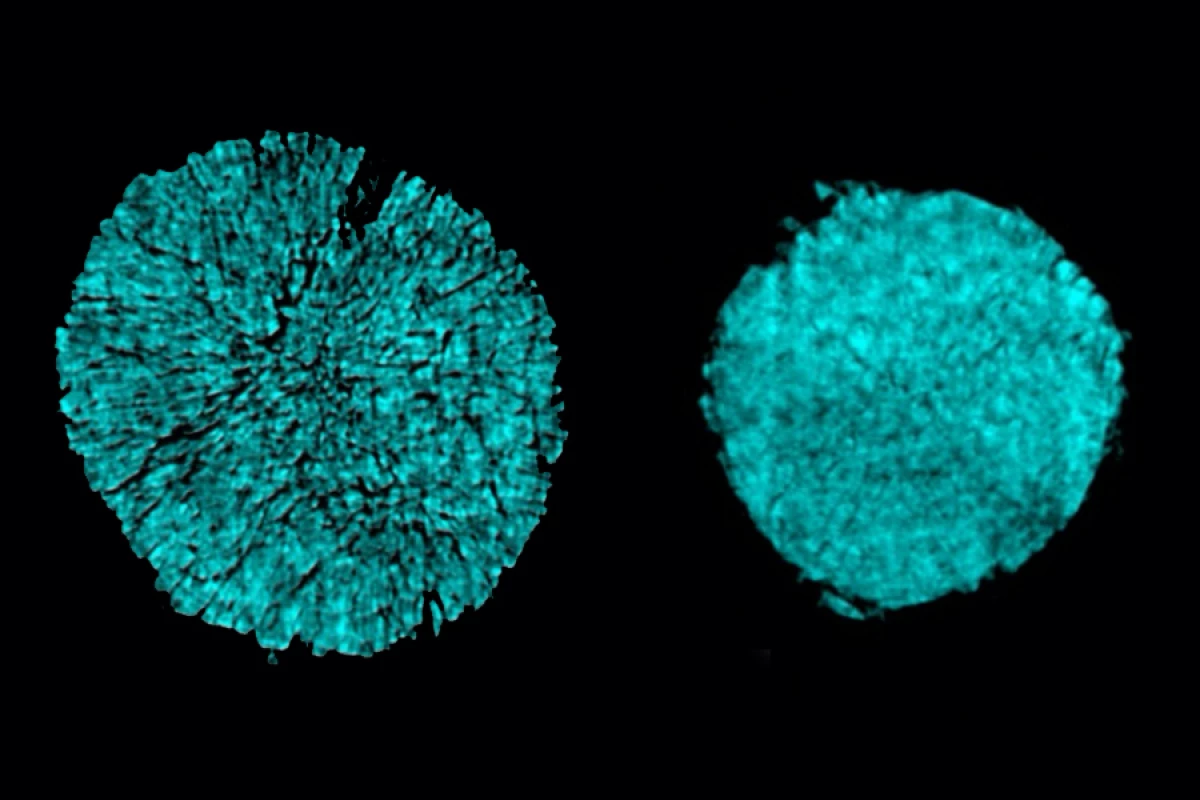When it comes to alternative battery architectures, designs that replace the conventional graphite material in one of the electrodes with high-density lithium metal are seen as hugely promising. An MIT team has developed a new electrolyte solution that can accommodate this chemistry and solve one of the key problems holding the technology back, paving the way for electric cars and mobile devices that could last far longer on each charge.
The notion of a lithium metal battery raises the prospect of mobile devices and vehicles that carry far more charge at no extra weight. This is owing to the excellent energy density promised by a pure lithium metal anode. There are, however, some technical issues to iron out before they can become a reality.
Among them are the chemical reactions that take place in the electrolyte, which is the solution that carries the lithium ions back and forth between the anode and the cathode as it charges. More specifically, atoms in the metal alloys are prone to dissolving in the electrolyte solution, which sees the electrodes shed mass as the battery is cycled and eventually begin to crack and degrade.
The MIT scientists believe they have found a viable pathway forward, and it actually arose out of earlier research into lithium-air batteries – another promising possibility, though one that it years away. Some members of the research team had developed a novel electrolyte based on organic molecules for lithium-air batteries several years ago and decided to explore its potential elsewhere.
This involved seeing how the electrolyte fared in combination with the standard cathodes used in today's lithium batteries, which are metal oxides made from lithium, nickel, manganese and cobalt, along with a lithium-metal anode. In testing, the new electrolyte proved highly resistant to the dissolution of metal atoms, which prevented the loss of mass and the cracking that typically results.
It also reduced the accumulation of unwanted compounds on the electrode surface by more than tenfold, but still allowed for easy travel of the lithium ions necessary for the battery to be charged. While the electrolyte proved highly capable when combined with the lithium-nickel-manganese-cobalt cathode, the way it interacted with the lithium metal anode in the team's experiments is what could really open up some exciting pathways.
“The electrolyte is chemically resistant against oxidation of high-energy nickel-rich materials, preventing particle fracture and stabilizing the positive electrode during cycling,” says MIT's Yang Shao-Horn. “The electrolyte also enables stable and reversible stripping and plating of lithium metal, an important step toward enabling rechargeable lithium-metal batteries with energy two times that of the state-the-art lithium-ion batteries. This finding will catalyze further electrolyte search and designs of liquid electrolytes for lithium-metal batteries rivaling those with solid state electrolytes.”
The team says the new electrolyte could lead to lithium metal batteries that store about 420 wH per kg, compared to the 260 Wh per kg offered by today's devices. That could lead to smartphones or electric vehicles that weigh the same, but can be used for far longer in between charges, which could mean big things for transportation in particular.
Scaling the production up to make the technology affordable is the next goal for the researchers. While the electrolyte is simple to produce, it does involve a precursor compound that is rarely used and is therefore expensive to obtain, though that could change as production ramps up. Also working in the technology's favor is that it doesn't involve a dramatic redesign of battery architecture, with the team describing it as a "drop-in" replacement for current electrolytes.
“I think if we can show the world that this is a great electrolyte for consumer electronics, the motivation to further scale up will help to drive the price down," says study author Jeremiah Johnson.
The research was published in the journal Nature Energy.
Source: MIT




